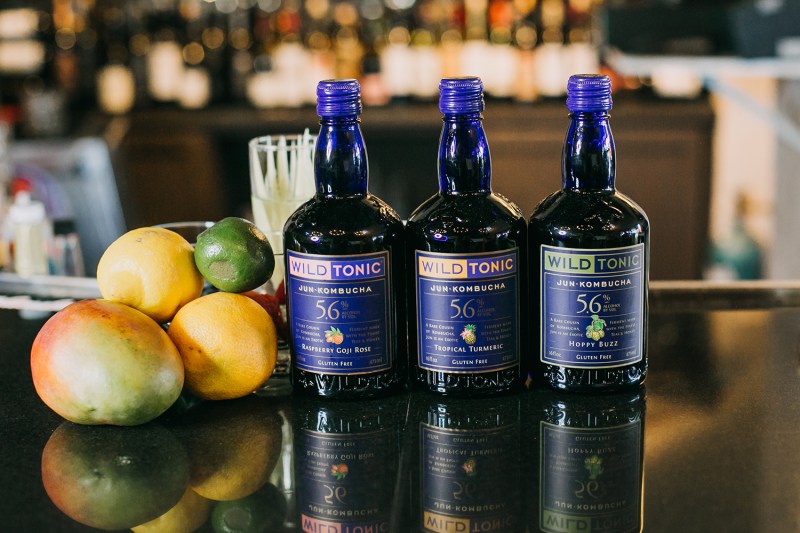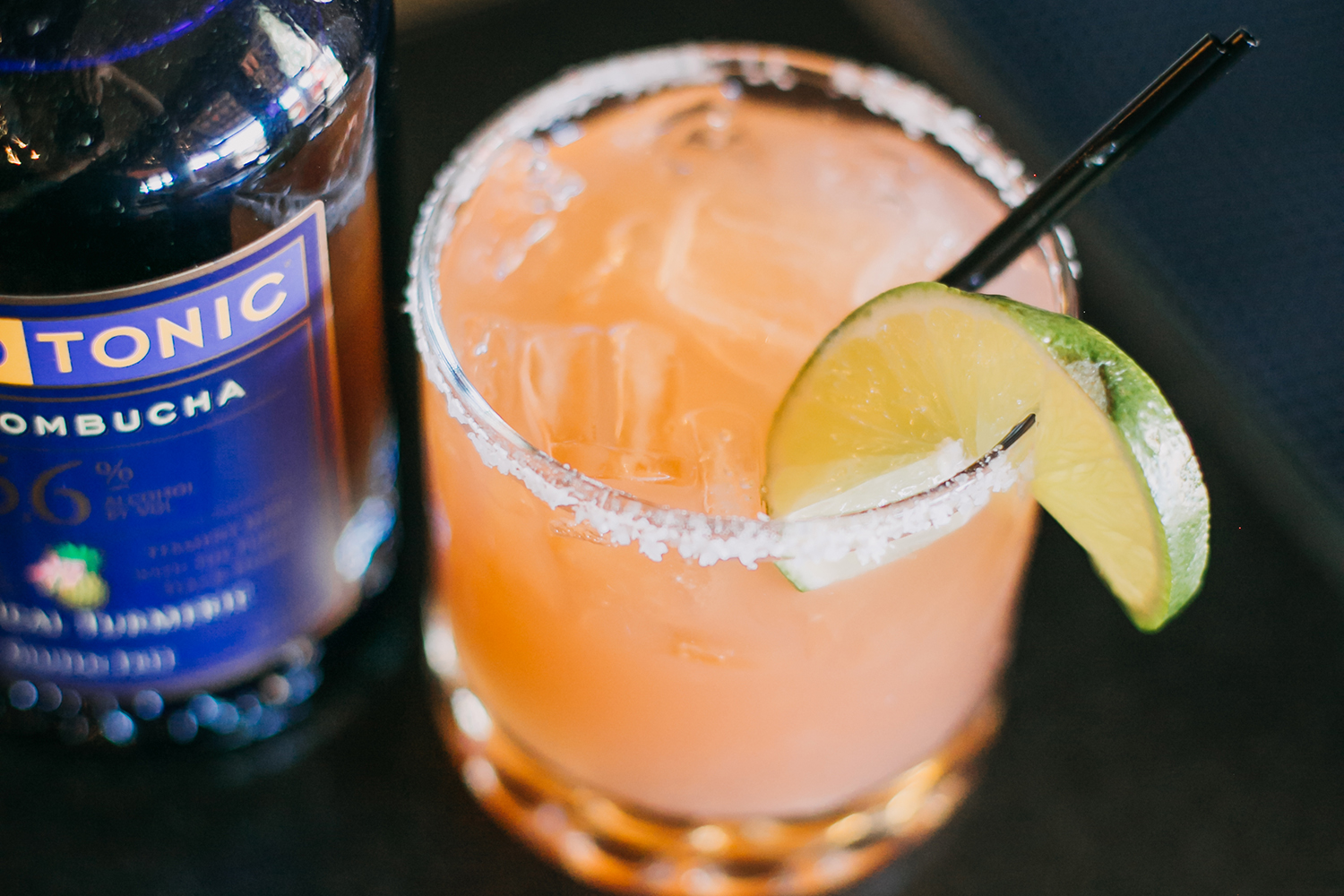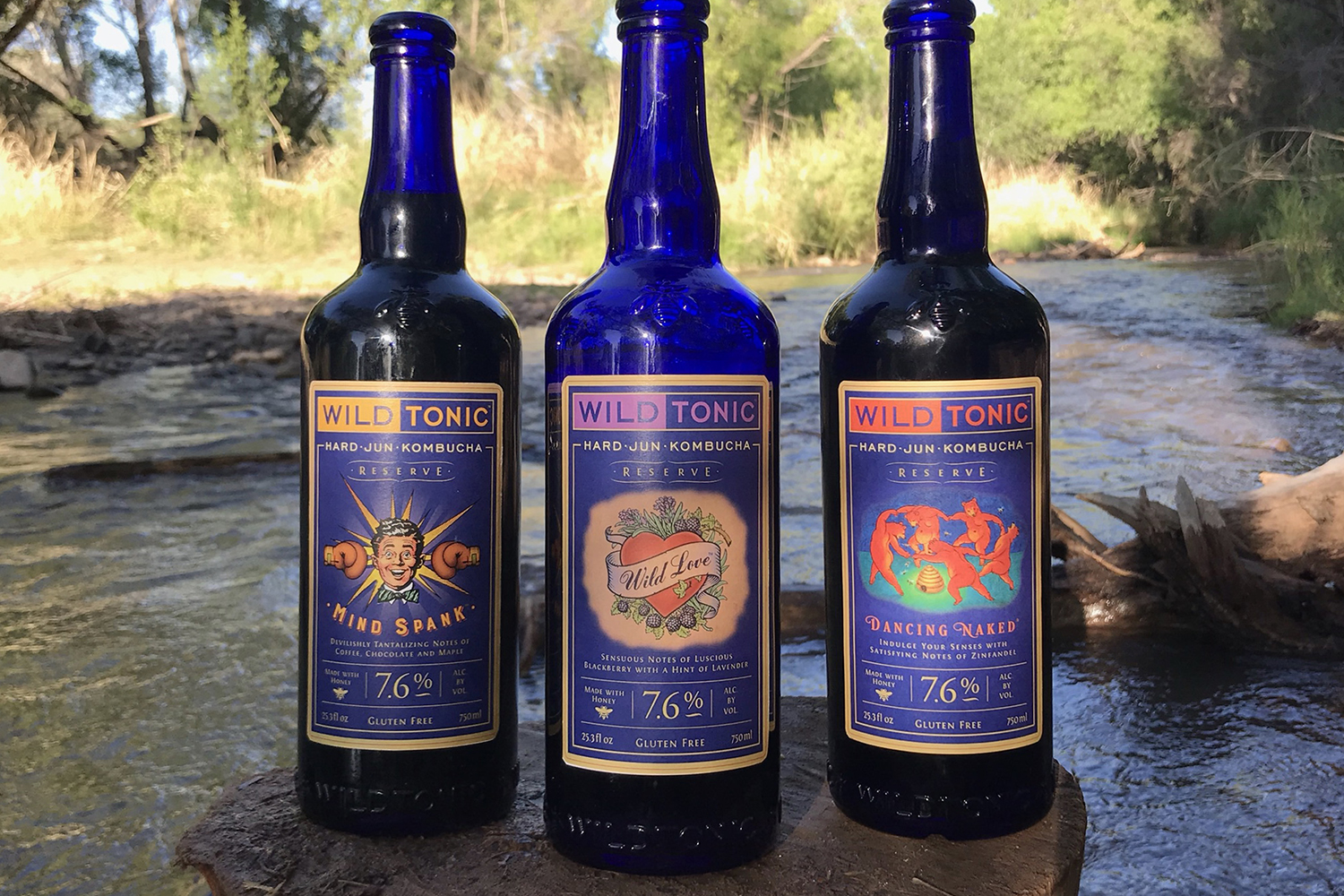
If you’re a fan of kombucha, we have a new drink that we think you’re going to like: jun. Pronounced like the month, jun is a fermented beverage a la kombucha that has a higher alcohol percentage and, depending on who you ask (and what flavors you try), can be tastier than ‘bucha.
In terms of what Jun is … well, that’s about as clear as a cup of black tea. For the most part, people agree that the base is green tea and honey (whereas kombucha is made from a base of black tea and unrefined sugar), which needs to be fermented with a SCOBY (symbiotic culture of bacteria and yeast).
Where it comes from? Debatable (parts of China and Tibet are frontrunners, though). The optimal method for brewing Jun? Also debatable (but this is mostly because those that brew it keep their methods a closely guarded secret).
One company that is working to bring jun to the masses is Wild Tonic, a new brand out of Arizona that is working on rapidly expanding its distribution of jun.
Unlike the history of jun as a drink, the founding of Wild Tonic is a much clearer story. It starts with the founder, Holly Lyman, who spent her summers in North Pole, Alaska on her grandmother’s farm. There, among other things, she learned how to ferment as her grandmother would make wild-fermented wines. Flash ahead and Lyman tapped into those memories to create a “healthy energy drink” according to the brand. After countless experiments, Lyman fell upon the art of fermenting jun. The rest, you could say, is history.
Currently, Wild Tonic offers nine different alcoholic products and nine non-alcoholic versions. On the alcoholic side, the products are divided into two different categories: the first six flavors are 5.6% alcohol by volume and the last three are part of the Reserve series, which come in at 7.6% ABV.
Regardless of which you pick, you immediately get the nose and flavors of honey from the moment you open the bottle. Those soft, welcoming notes then mix with the different herbs, botanicals, and fruits that Wild Tonic uses to make their juns. Wild Love is part of the reserve series and practically sings with lavender and blackberry while the lower ABV Hoppy Buzz has just enough hop character to convince even the staunchest of IPA drinkers that they should take another sip.
Across the lineup, the flavors are never overwhelming in a negative way. They are rich, and you certainly get the essence of what each expression is trying to do without being beat over the tongue with it. If you’re looking for something that is easily sessionable (even the 7.6% expressions are), then Wild Tonic’s juns are that.
The next time you’re looking for a healthier alternative to soda or beer, but don’t necessarily want the super vinegar-y and/or sharp taste that many kombuchas offer, jun is a great alternative (especially if you want to use it as a mixer for cocktails).





